
Peruvian Amazon: Along the Samiria River
Peruvian: Amazon along the samiria river
Searching for unfamiliar ground...
Towards the end of my second year at university, I found myself completely lost in deciding what I wished to research for my final year dissertation. I dreaded the idea of remaining in the UK and chosing the most affordable option. Like being forced to study the ecology of some native snail or bird. That was what I thought, at the time, was all England had to offer. Of course, when I started looking more closely, I marvelled at the richness and diversity of species. Species that can be found when looking in the right places, surrounded by friends sharing knowledge, skill and passion.
However, I was hungry for adventure and the unknown. I jumped at the opportunity my uni was providing its students: to perform fieldwork along the Peruvian Amazon for 6 weeks. To experience complete immersion and detachment from anything familiar to me. Here we go, discover the Peruvian Amazon: along the Samiria river.
So I chose a thesis topic, wrote my research proposal and booked my flights to Lima. Being a part of the Durrell Institute of Conservation & Ecology (DICE) I was awarded a fellowship, significantly reducing the costs of the program.
Don't forget to scroll down to check out the photo gallery!
And if you want to read the full report click right here:
Pacaya-Samiria National Reserve
The Reserve represents the largest patch of varzea floodplain forest in the western Amazon. With over 2000 km2 of tropical rainforest cover, a unique range of animal and plant diversity can be observed.
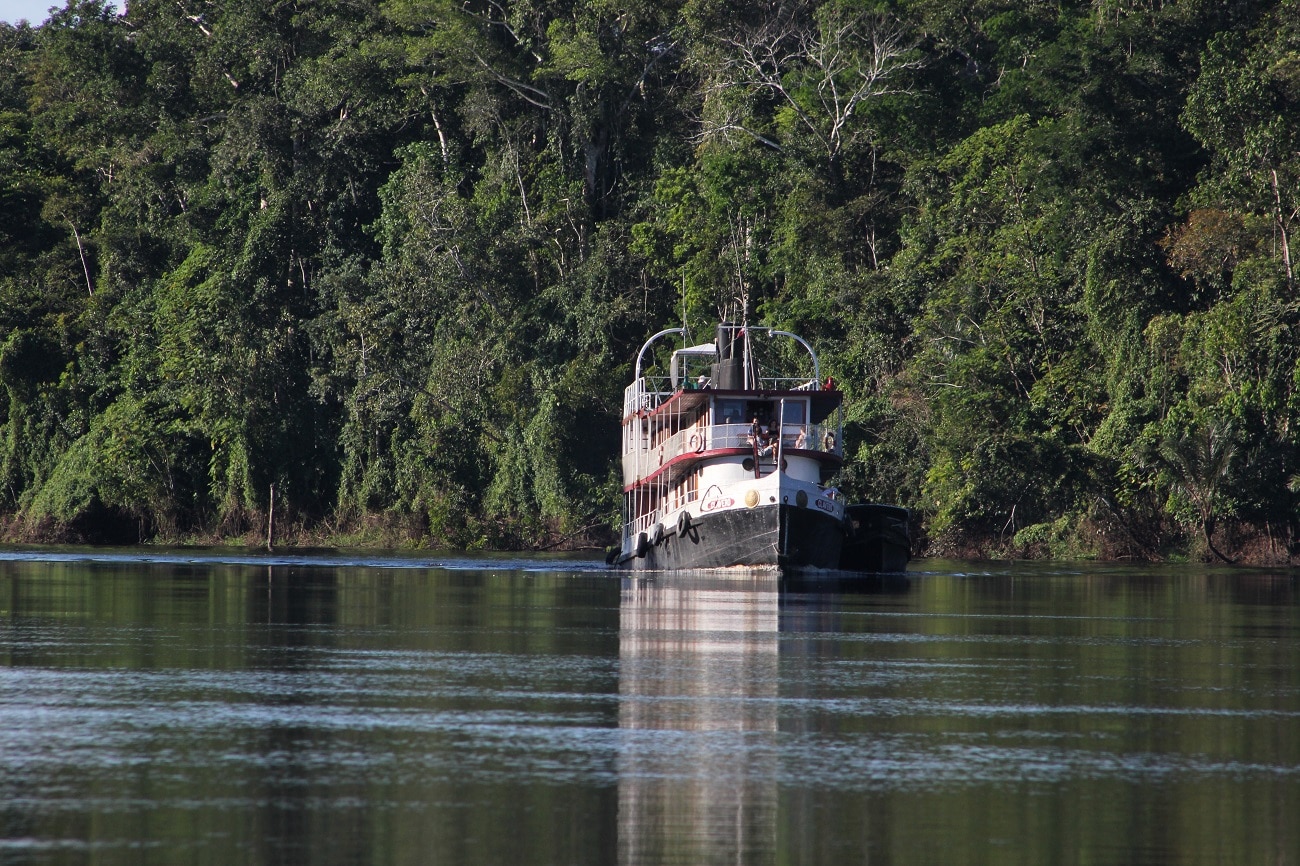
Network of Waterways
The largest cover of tropical forest in the world (area of 6.9 million km2) is the Amazon forest. The area not only includes forest cover but also freshwater ecosystems with many floodplains and lakes, forming between 14 and 29% of the Amazon basin area (1).
With the presence of connected and isolated water bodies, fluctuations in water levels are likely to impact the entire food chain, aquatic as well as terrestrial life
Changes in precipitation rates have caused droughts and floods, directly impacting the level of available fish (2).
Research Focus
My research focus was on the Amazon pink and grey river dolphin (Inia geoffrensis & Sotalia fluviatillis), fascinating creatures living in one of the most fragile ecosystem in the world. The two species live sympatrically in the turbid rivers, lakes and channels of the Amazon basin and their adaptability to changing ecological conditions remains unclear…
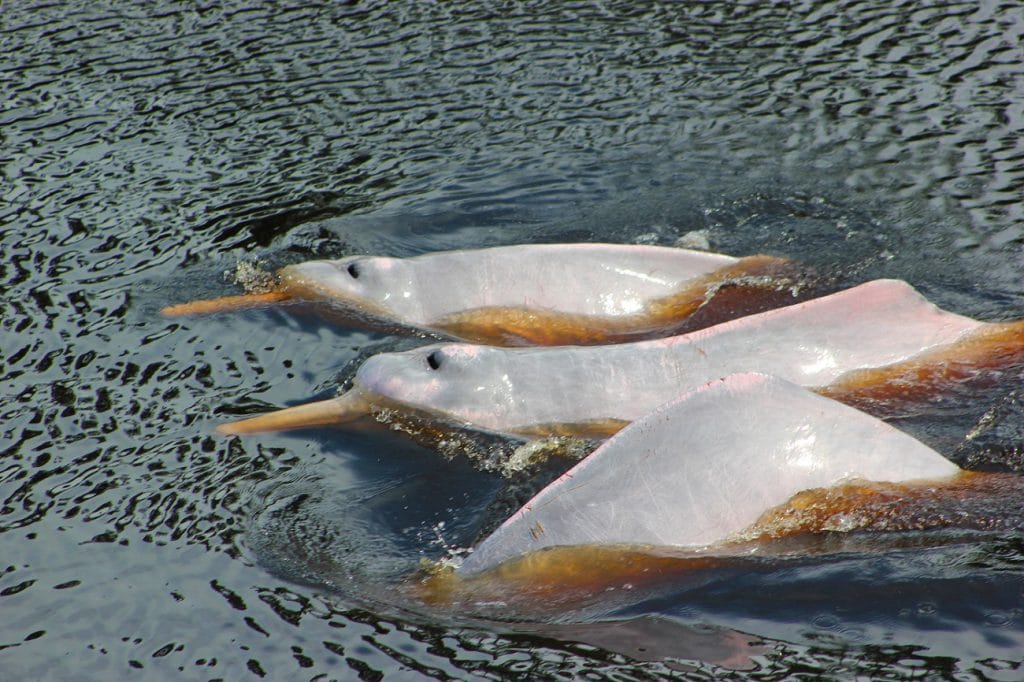
Both species were listed as Data Defficient on the IUCN Red List for years due to limited visibility their habitat imposes:
- The dark turbid waters of the Samiria river make underwater monitoring almost impossible.
- Only when a dolphin breaches the surface are we really able to make abundance and behavioural observations.
In 2018, the pink river dolphin was listed as Endangered with its population said to be decreasing and severely fragmented
The grey river dolphin remains listed as Data Defficient whislt believed to be sufferring the most from fishing net entanglement.
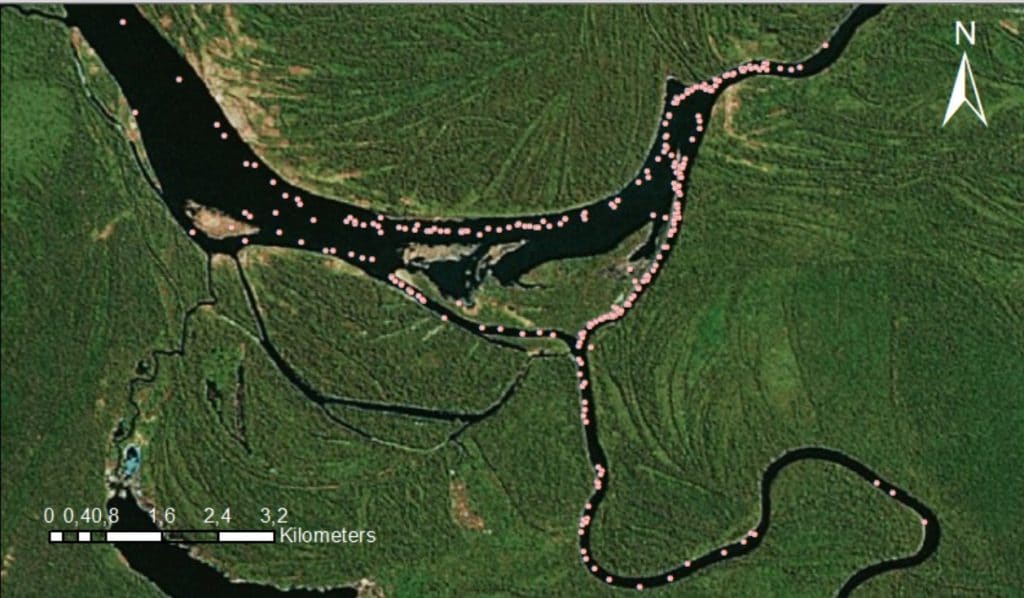
Searching for Prey...
Availability of fish is believed to drive dolphin movement between water bodies.
During the dry season, as waters recede, hunting and finding prey becomes easier for dolphins.
Fish become spatially concentrated in reduced water volume, accumulating in lakes, near river banks along channels and main rivers.
But, less water, less habitat, less fish...
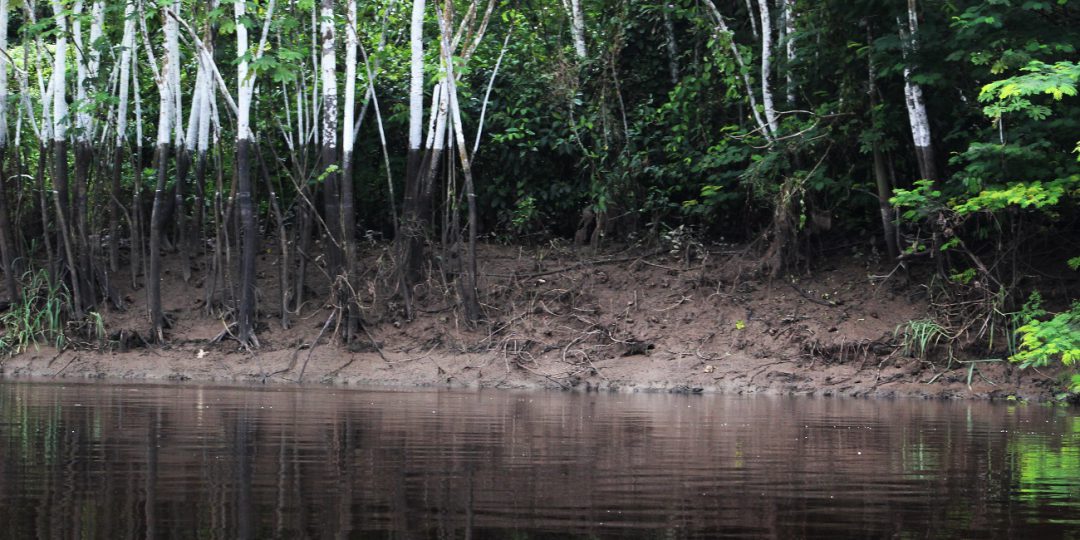
Historically, droughts in the area have been severe to the point where populations of fish and dolphins have declined. Pink dolphins are able to venture into channels no deeper than 1 m to find fish using their highly flexible bodies. But, grey dolphins may increasingly face ecological pressure as they rarely venture into shallow waters, favouring areas of high water flow and depth (3).
Seasonal flooding and water movements in the Amazon Basin are leading forces controlling and favouring productivity as vital nutrients supplying food webs are carried with waterflow (4).
As more aquatic habitat becomes available, frugivore fish venture into flooded forests to feed and play the role of forest seed disperser maintaining a healthy ecosystem.
But, floods more severe than normal are having important repurcussions on terrestrial life:
Consecutive years of high water levels
2009-2015
Species of ungulates and rodents such as red brocket deers (Mazama americana), white-lipped peccaries (Tayassu pecari), black agoutis (Dasyprocta fuliginosa), giant anteaters (Myrmecophaga trydactila) and more suffered from reduced available land. Pressured to survive on small patches of forest floor, some species drowned during historically intense flooding episodes (2).
And in the Long-Term?
Seasonal rainfall is distributed in an uneven way across the Amazon basin, inundating the river and its waterways at different times. So the impact of the intensification of yearly floods and droughts, that has been predicted, may be more severe in one part of the river over another.
The greater the flood, the greater reliance on fish, the greater competition between men and aquatic wildlife will be
Year-long monitoring of spatial and temporal climatic variations, wildlife distribution and abundance, is vital to maintain sustainable levels of biodiversity and human resource use in the area.

Portugal: Lataste's Viper
You May Also Like

First Steps Towards Sustainable Living
27 March 2020
Top Tips For Sustainable Living
27 March 2020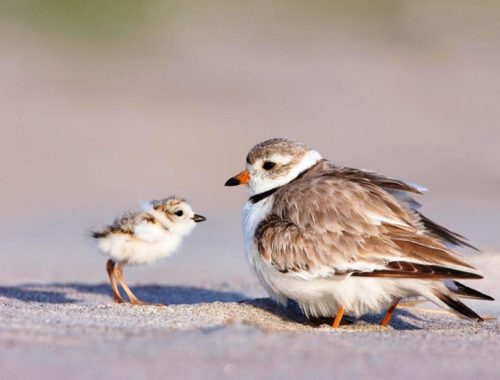





3 Comments
Maxine
Loved reading this – informative & evocative! You’re a natural writer & communicator of your passion! Continue to spread the word & keep the articles coming!
Rishane
Thank you very much!